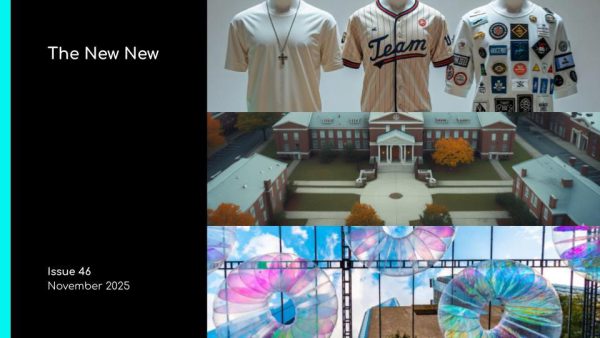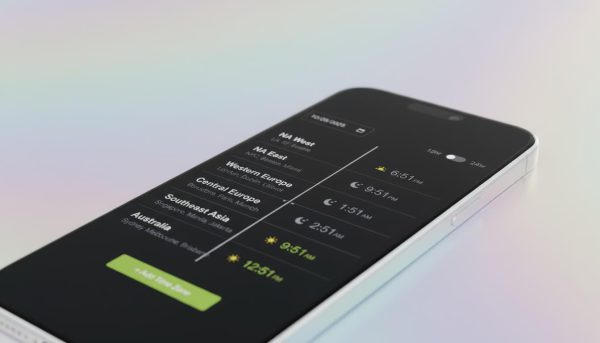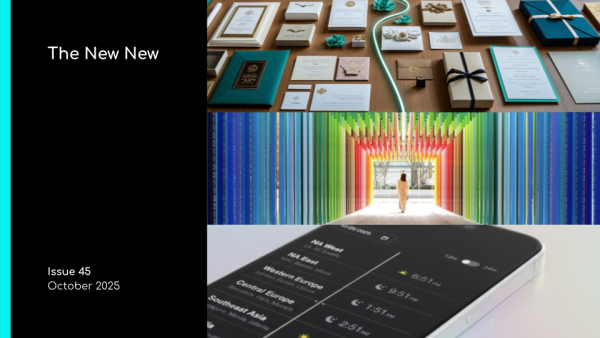The Event Marketer’s Framework for Measuring Social Media Engagement and Reach

How do you know your event social media strategy is working? Or effective? You follow this framework for measuring your event’s social impact.
A successful social media campaign for conferences and events involves more than sending out a few tweets and Facebook posts with general details about time and location prior to the event. As with any digital marketing campaign, planning ahead and knowing what metrics to measure will help you to evaluate the campaign’s ROI and overall effectiveness after your event.
For starters, if you haven’t already memorized and worn out your copy of “Trending: The Complete Guide to Social Media for Events” by Beatrice Whelan, stop what you’re doing and pick up a copy (we’ll wait). It is the go-to resource for event marketers and social media managers looking to create and accurately measure social media buzz both before and after an event.
Now, let’s dive in.
The Event Marketer’s Social Media Measurement Framework
Whether you’re organizing a user conference, global sales meeting, or a live webcast, social media is an avenue to get your message to its intended audience, as well as a way for users and attendees to proactively engage with your brand and help to spread your message beyond the confines of the physical event.
When embarking on the social media strategy for an event, think in terms of before (pre-event), during (live event), and after (post-event).
What to Measure
Social media campaigns all boil down to audience behavior and measurable interaction with your content. Four of the core metrics to capture and evaluate are audience, sentiment, activity, and insights.
Audience
When it comes to your audience, of course, you want to start with share metrics.
- How many unique people shared the live event?
- How many unique people shared the event webcast?
- How did the numbers/engagement levels change over time?
As you begin to quantify your direct audience based on how much the event was shared socially, you’ve taken your first steps to understanding the larger scale impact of your event investment and just how wide your message may ripple. Beyond the exact number of shares, you will then start to think about reach. Social reach is defined as the total number of people who may have seen your message across all social networks and is quantified by totaling the audience of those who directly shared a post about your event.
- What was the potential total audience of the social media shares for the overall event?
- What was the potential total audience for the webcast?
- How did the numbers change over time? Did activity and engagement levels peak and then taper off and decline, or remain steady before, during, or after the event?
You may find that immediate and direct social shares were not as staggeringly high of numbers as you may have hoped going into the event, however, don’t discount the impact of social reach. Those that did share, may be influencers in their respective social media circles and may have effectively placed your brand, your event, and your message, in front of a much wider audience than you suspect. If that’s the case though, you’ll want to start researching how those audiences felt about your event and messages.
User/Participant Sentiment
When analyzing particular feeling and general sentiments in regards to your event’s social campaign, it helps to break it down into three areas.
- Brand: What were the sentiments/levels of enthusiasm (or lack thereof) when discussing the brand or product?
- Conference: What was the general sentiment when discussing the conference or event itself? Did users recommend the event, or indicate an intention to participate again the following year if it was a recurring event, for example?
- Content: What was the sentiment when discussing specific event content including the agenda, speakers, breakout sessions, location, registration process and cost of the event?
In breaking down your sentiment analysis by these three factors of consideration, your team will be better poised to determine what worked for who in which aspect, and how best to craft more effective and more targeted messages for the following year.
Activity
Activity in an extension of both audience and sentiment yet takes measurement to another level. In measuring “activity,” take the following into account:
- Amplification
- Applause
- Conversation
- Registration
When we talk about the activity of an event’s social media campaign, that encompasses not just how many initial shares and the audience size, but how many times was it re-shared, retweeted, reposted, etc. That’s what we like to call “Amplification.” And based on amplification metrics, how did activity levels change, grow, decline, over time?
Next up is the concept of “Applause.” Applause equals likes. How many likes, loves, plus 1’s, etc. did each post receive, and how did the activity levels hold up over time? Were applause metrics consistent throughout the event, or were certain sessions and certain speakers more popular? Also, did the posts continue to generate buzz and live on after the event? These are the questions you must answer to determine just how loud your event’s social audience was, or continues to be.
Regarding how loud they continue to be, that brings us to “Conversation.” How many total comments and replies did your posts or streams receive? What was the average number of messages and new conversations generated per post? This is the real power of social media—stimulating conversation. And that should be the goal of every post you put out throughout your event. What can you say or show that not only gets people to take notice but gets people talking about it?
Last up in our activity measurements, the real bottom line, the numbers game. “Registration.” How many people actually registered to attend your conference, whether this year or next, due to those social media posts? And how many webcast registrations did the social media campaign bring in? Social media efforts are often difficult to quantify in terms of ROI, but not here. You should know exactly how many event registrants or online viewers were a direct result of your social media efforts.
Insights
Our two most important audience insights for how we can better filter and meter our social media efforts are based on:
- Location
- KOA’s (Known On-site Attendees)
Location
Look for trends, variances and patterns by country and/or geographic regions to get a better understanding of the reach of both the social media campaign and the event across demographics. How localized in your event, vs how far are your messages reaching and who are they resonating with where? These are important questions to answer.
Known On-Site Attendee
Were there any noticeable trends throughout the social activity for known attendees of the event and webcast? We recommend asking for your attendees Twitter or Instagram handles as part of their registration and using a social listening tool such as Brandwatch or Mention to not only monitor the general event’s social activity but create a list of those KOA handles and specifically watch that list.
The limitations of data capture and registration fields can make it challenging to get accurate data on every attendee at the live event. However, it is possible to get targeted information by isolating social media activity and behavior by KOAs. Again, we’re talking about audience sharing and reach. These are, of course, just as important on-site.
To measure live stream event activity, follow the same metrics as the pre-event, replacing conference registration with webcast registration. Additionally,
- How many KOAs shared the event overall?
- What was the potential audience for the event’s social media shares?
Live Event Webcast Viewers and Other
In the absence of specific KOA data for the live event, tweets and social media activity can be attributed to your live stream or after event webcast, as well as various media outlets like news and industry bloggers.
Use the same metrics to measure audience, sentiment, activity, and insights for the event webcast and more. A webcast offers the benefit of additional data and easily quantifiable metrics from Facebook Live stats, including:
- Total live audience views
- Total unique viewers
- Duration
- Engagement (such as likes and favorites)
- Conversation (comments, messages)
- Shares
- Other
Post Event
After the live event and webcast replays have wrapped, measure the number of registrations, including on-demand and replays of the webcast, that resulted directly from social media activity.
While it is not an exact science, measuring social media activity and engagement can help to provide insight into user and attendee behavior, and paint a clearer picture of an audience’s online and social media habits for future campaigns and events. With the right data and some strategic planning, social media can help generate buzz and amplify your event’s reach, for both live and remote attendees.






